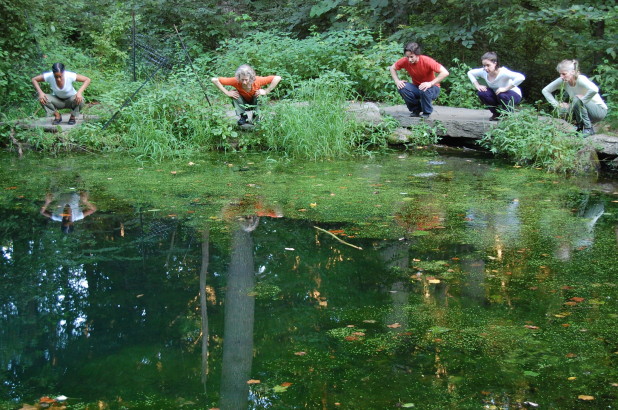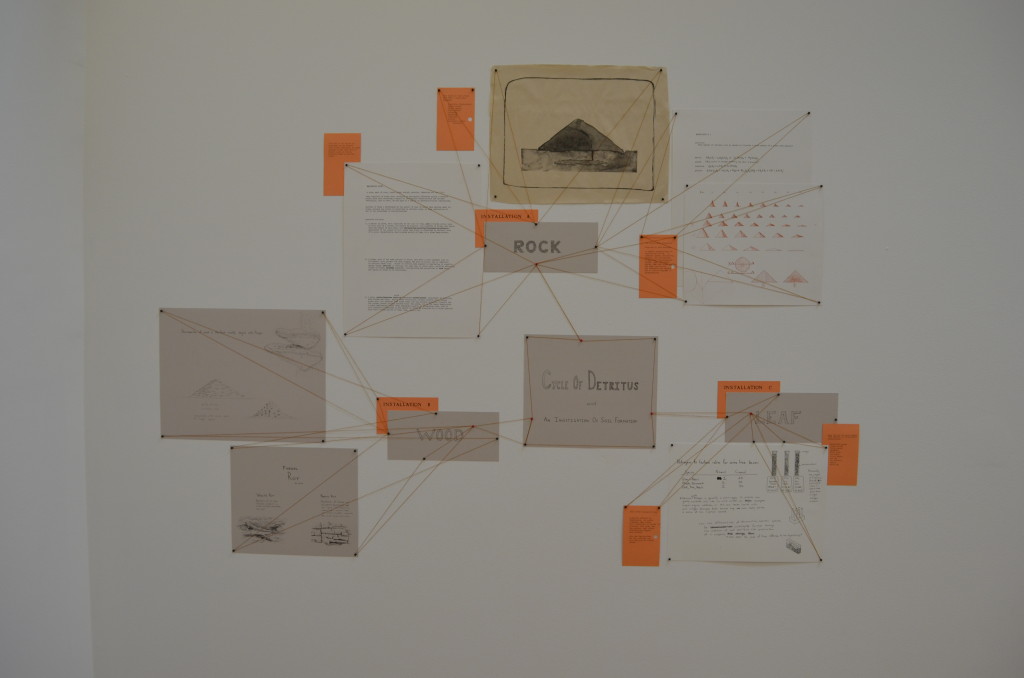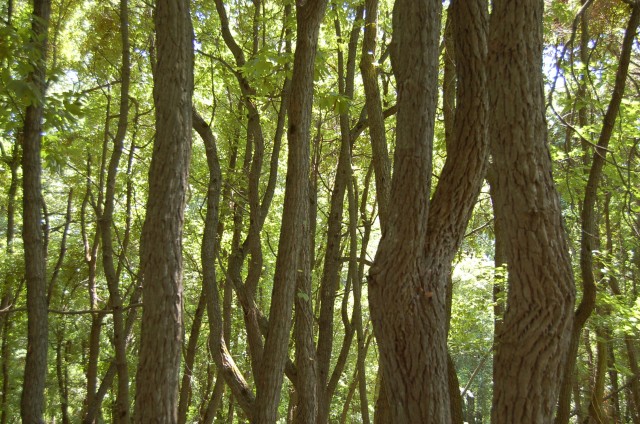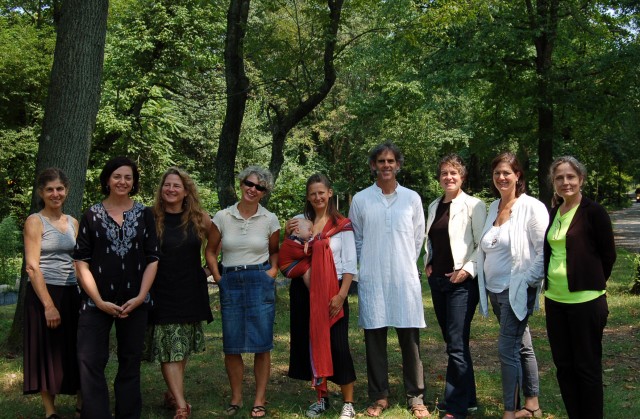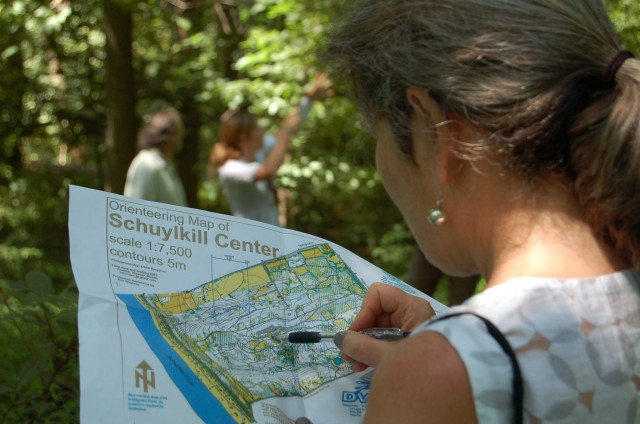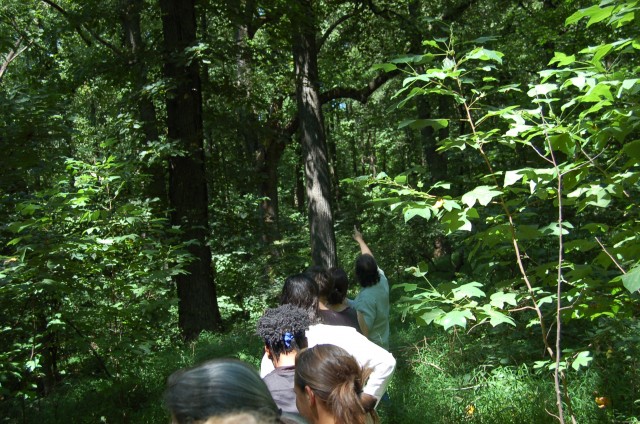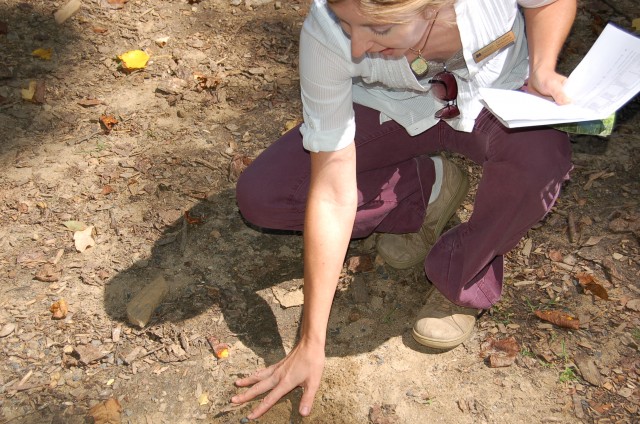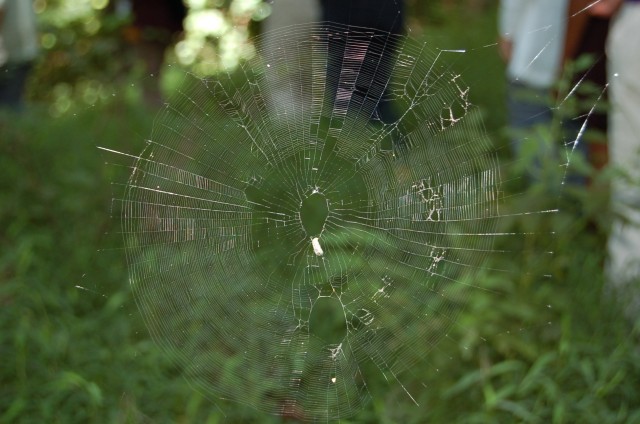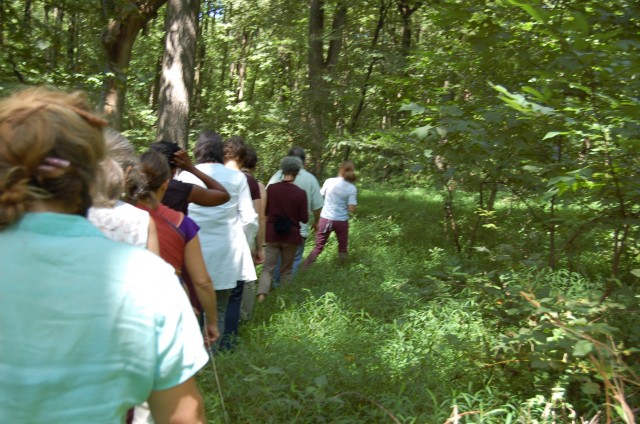By Christina Catanese, Director of Environmental Art
In 2000, Mary Salvante had an idea that the Schuylkill Center could be the perfect place to showcase environmental art. Nearly 15 years later, I’ve been reflecting on the past decade-and-a-half of environmental art at the Schuylkill Center: 20 outdoor exhibitions, 11 artist residencies, and dozens of shows in our gallery. Over the years, artists have grappled with issues and wonders in our ecosystem and shared their responses in diverse media. This post shows just a smattering of highlights of the art program going back to our very first gallery show and first artist-in-residence.
This January, we are kicking off the Schuylkill Center’s 50th anniversary celebration and celebrating fifteen years of environmental art at the Schuylkill Center with our fourth Annual Richard L. James Lecture by artist Mary Mattingly. Along with an interdisciplinary panel, Mattingly will reflect on the role of environmental art in a changing environment. With ecological challenges growing in complexity and scope, 2015 presents the perfect opportunity to consider the relationship of art and environment, and what it might look like in the next 15 years, 50 years, and beyond.
LandLab Residency (2014-2015), Artists: Jake Beckman; Leslie Birch; WE THE WEEDS (a collaboration of artist Kaitlin Pomerantz and botanist Zya Levy); Marguerita Hagan, B.H. Mills, and Maggie Mills
LandLab is a unique artist residency program that integrates art, ecological restoration, and education. A joint project of the Schuylkill Center and the Center for Emerging Visual Artists (CFEVA), LandLab residencies will make innovative installations that prevent or remediate environmental damage while raising public awareness about ecology. LandLab artist Jake Beckman created this mind-map to depict his early conceptualizing of his work on the cycles of soil formation and decay in the forest. Continue reading

